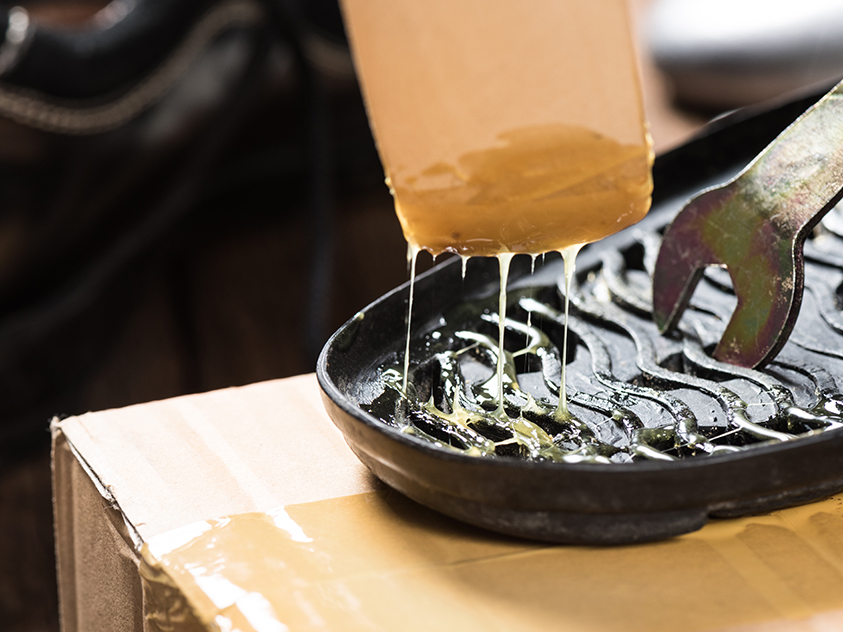Solution
The advantage of using biomass as a raw material is that it is renewable, environmentally friendly, economical, and widely distributed, supporting sustainable development.

Adhesive
This substance possesses unique adhesive properties that enable it to bind the surfaces of objects together through adhesion and cohesion. It is capable of bonding both similar and dissimilar materials with sufficient strength. These bonding agents, known collectively as adhesives or glues, can be either organic or inorganic, and may be derived from natural or synthetic sources.
Natural polymer compounds (such as starch, animal skin glue, bone glue, and natural rubber), synthetic polymer compounds (including epoxy resins, phenolic resins, urea-formaldehyde resins, polyurethane esters, and other thermosetting and thermoplastic resins like polyvinyl alcohol acetal and vinyl chloride resins, as well as synthetic rubbers like chloroprene and nitrile rubber), or inorganic compounds (such as silicates and phosphates). Depending on the application, adhesives are often mixed with curing agents, accelerators, enhancers, release agents, and fillers. Adhesives can be classified by use into temperature adhesives, sealants, and structural adhesives, and by process into room temperature curing adhesives and pressure-sensitive adhesives. Adhesives can bond dissimilar materials and sheet materials, ensuring uniform stress distribution in the joint. In container manufacturing and repair, epoxy resin, neoprene, and sealants are commonly used.
Shanghai Farfly provides comprehensive services for adhesive enterprises, exporting products to over 100 countries and regions. We boast a range of advanced processing equipment, stringent management and inspection processes, long-term stable quality suppliers, an experienced design team, and high-quality pre-sales, sales, and after-sales service that exceed customer expectations. Based on customer requirements, we can offer solutions from single machines to complete plant design, renovation, and turnkey production lines.
Recommended equipment:
FDL Double shaft mixer

High efficiency mixing equipment applicable for high viscosity, to make material dispersing, dissolving and mixing uniform.
View DetailsFQLF Powerful Dispersing Machine

Strong disperser is kind of high efficient and multi-function, homogenizer mixing machine.
FXDJ Double planetary mixer

FXDJ double planetary mixer is an advanced equipment used for material dissolution, mixing, kneading and reaction process.
View Details

.png?x-oss-process=image/resize)










